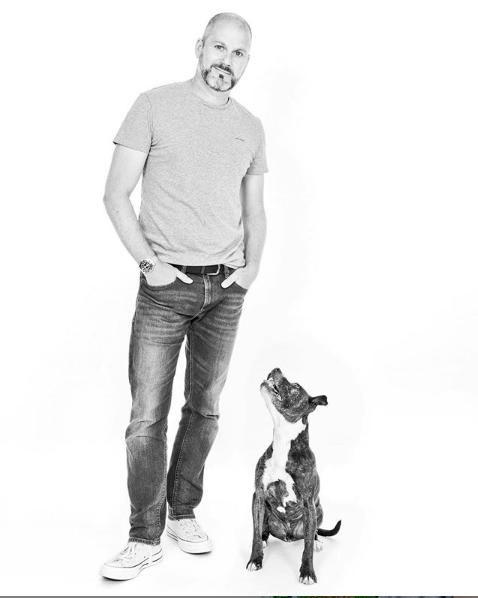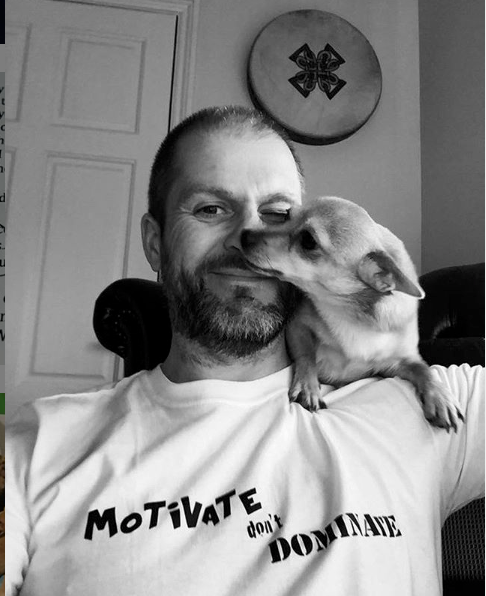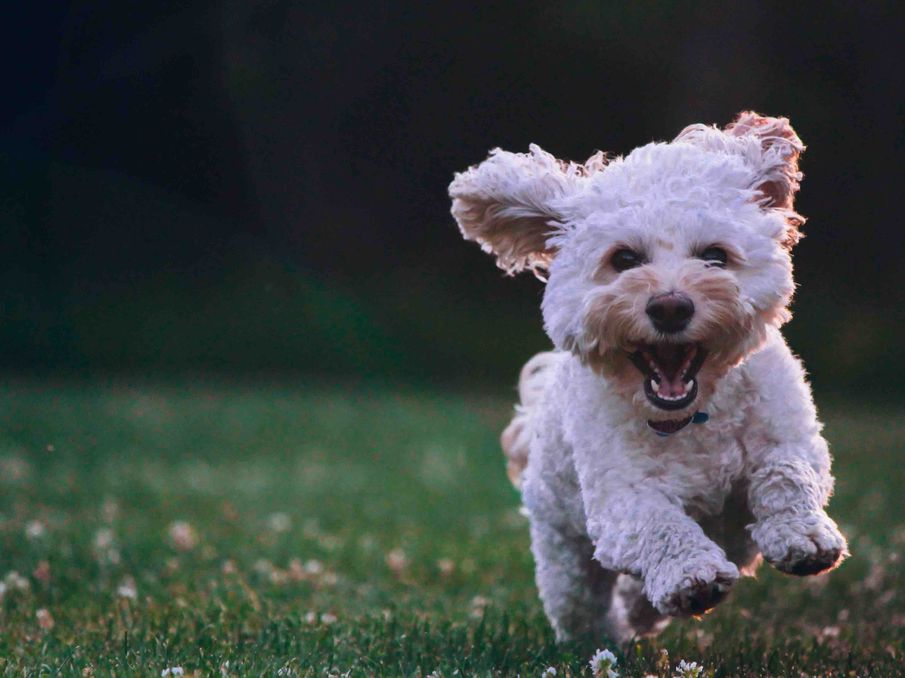From separation anxiety to fear of fireworks and nervous aggression, there’s a lot for our dogs to mentally negotiate without being able to verbalise to us what’s triggering them. Here, Steve Mann, author of Easy Peasy Doggy Squeezy: Even More of Your Dog Training Dilemmas Solved, shares how to understand what your canine companion is trying to tell you
We’ve all heard about the basics of body language, haven’t we? If someone folds their arms when talking to you, they might be comforting themselves or creating a barrier. If they turn their back on you when you’re in a group setting, well…it’s a fair bet they’re looking to exclude you from the conversation.
Dogs have their very own body language and as we don’t talk woof, it’s a good idea to learn to understand the signals they are giving you.
Founder of the Institute of Modern Dog Training Steve Mann has over thirty years' experience of working with dogs, and has helped establish education centres for trainers and behaviourists throughout the UK, Australia, South Africa and China. He’s passionate about the joy dogs bring, and in turn the responsibility we all have to respect, love and keep them safe and well, while they’re in our care.

Steve Mann
Here are Steve’s three tips for positive training and forging a deeper connection between you and your furry family members.
1. Body language
The more you know about canine body language the better! Start by thinking about human body language, when we’re aggressive or responding to a threat, we’ll stand up straight, stick our chest out and keep direct eye contact without blinking very much. That state is transferable to a dog - although they have a horizontal spine - so a straight spine, tail and head in line, that’s a red flag.
Similarly, if a human is afraid, we’ll make ourselves smaller and maybe turn away from the perceived threat - it’s the same with dogs.
We disguise so many of our own feelings with words now, that body language has become secondary to us
The best thing you can do to understand your dog is to watch them. Observation is so important. Us humans disguise so many of our own feelings with words, that body language has become secondary to us, whereas it's the primary way to communicate as a dog. The skills you need to be able to translate are simply being able to look and listen.
You can pick up information when you’re out and about by looking at the dog who may be the focus of your dog’s attention too. Are they being submissive, are they looking nervous or threatening? This will help you gauge the situation and connect with your dog when you need to.
Finally, don’t miss the moment! Dogs are always communicating, so be present. So many people are constantly on the phone too when they are walking, or ‘playing’ with their canine pals - that’s the equivalent of being with your best friend at a restaurant and constantly scrolling on social media.

Steve Mann
2. Eye contact
When I’m talking to owners, I ask them to try to imagine that their dog's eyes are their ears. If your dog is looking at you, then they’re ready to receive a message and they might even be trying to communicate with you. The line is open.
I like to teach dogs that there’s safety in eye contact with their owner. So if they make eye contact when they are unsure of a situation, they know they have the support of someone else to navigate it for them. This will help to put a stop to lunging, barking or defensive and nervous reactions.
Eye contact is also a great mutually exclusive behaviour. If they have a habit of jumping up at people, or growling if someone comes to the door - they can’t do that if they’re looking you in the eye. It’s a nice polite way for the dog to connect with you and ask for direction.
Dogs are always communicating, so be present
3. Training is an investment in the future
At the beginning of my career, dog training was so regimented, but the older I get the more I realise that dogs just want to hang out with you, and if that’s the case then 99% of your problems can be solved, because they’re not going to run away or chase after a child on a skateboard if they’re having a great time in your company.
Training for training’s sake is pointless but never forget that training is a rehearsal for when you need it most. Having a dog listen to you and stop on the spot becomes crucial when you accidentally drop the lead on a busy road and they run to the other side.
Finally, remember play is important too - for your dog and for you. It’s pure, keeps you both in the moment and deepens that wonderful connection.
Steve's Quick tips
-
Put the phone down and be in the moment with your canine companion.
-
Watch your dog mindfully as they interact with others. You’ll learn more about their signals and triggers.
-
Quality in training beats quantity every time, and every dog - like every human - is a work in progress.
Happiful has three copies of Steve’s new book to give away. To enter, share a picture of your dog taking it easy, on instagram, by 31 August, and make sure you tag @happiful_magazine and @stevemanndogtrainer. Good luck!
Easy Peasy Doggy Squeezy: Even More of Your Dog Training Dilemmas Solved by Steve Mann & Martin Roach (Blink Publishing,12.99) is out now.


Comments